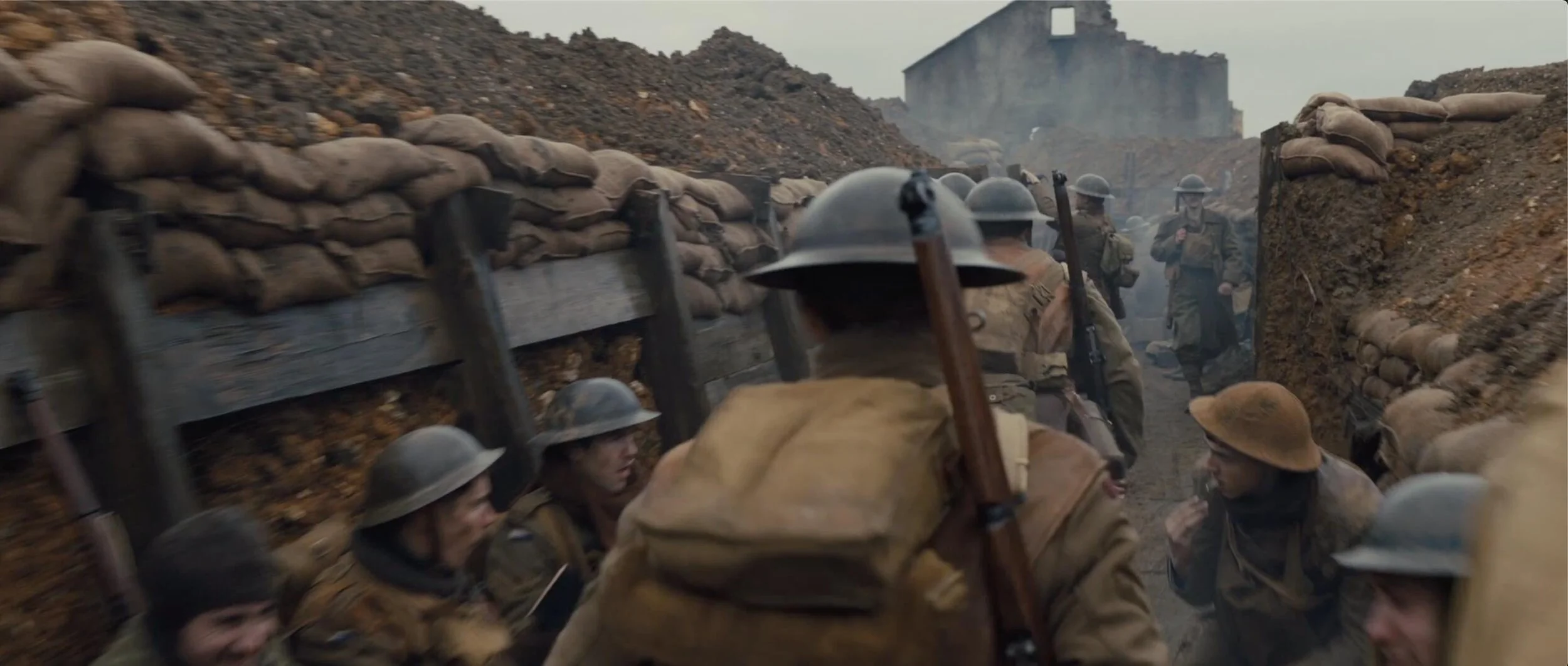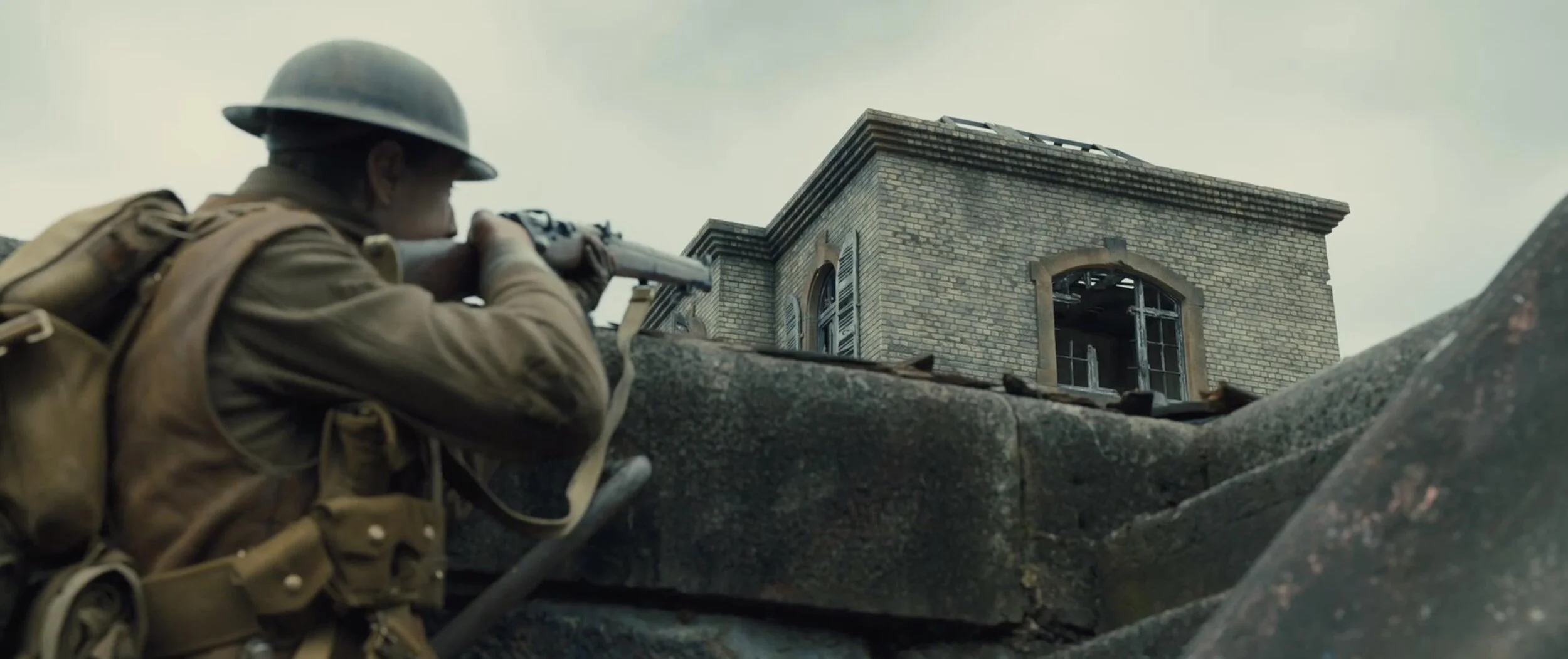How Trailers Sell War
Is stylish Hollywood trailer editing inappropriate to use for certain subject matters? I recently had a discussion with someone who was turned off by the trailer for the World War I film 1917. Let's take a look at why the trailer might've caused this reaction.
My first impression was this is a well cut trailer, and the movie looks interesting. The person I talked to said:
"...for a film about World War I would hope that it would focus on the experience of the people that fought in it and were impacted by it... But instead I walked away from the trailer feeling like it was a suspenseful action film that is going to feel like a 90s action flick and not really interrogate the human experience. Tasteless seems a strong word but that's now my fear about the film."
He later watched the trailer for Dunkirk, and didn't leave it with the same feeling. Both seem to contain a lot of familiar images from war films. I concluded something about the editing evoked a different feeling. How can the editing of a trailer make one war movie look respectful, and the other look tone deaf? Let's analyze the editing of 1917's trailer beat by beat.
The trailer starts with a single take shot underscored by a clock-like sound design which makes the scene drawn out and suspenseful. There's cut to black on one of the ticks, and the trailer resumes on a shot of soldiers inspecting abandoned beds. One of them sees a photo on a bed; there's another tick, and everything goes dead silent.
BOOM! There's an explosion, and cut to pedigree title card for director Sam Mendes. The title card turns into a mask which reveals the aftermath of the explosion. There's an ear ringing sound, and a faster ticking clock resumes. A series of quick shots with muffled audio show some buried soldiers, and others struggling to get out. There's another pedigree card indicating this is by the director of Skyfall.
Colin Firth talks to a soldier about his brother in the 2nd battalion, and reveals they're headed towards a trap. The soldier has to deliver a message to call off the attack in order to prevent losing 1600 soldiers. This dialogue is intercut with shots of the trenches and injured soldiers.
The next section has title cards which read: TIME IS THE ENEMY. There's a montage of battle, explosions, gunfire, and it culminates with an unbroken shot of the soldier running across a field while artillery shells land around him. Just like most trailers (war film or otherwise) the images are cut to the beat, but in one section there's a small key difference. At 1:20 here are a few shots where picture, music and SOUND are in sync. There's an explosion, and two gunshots which are in sync to the music. I think this is what evoked a visceral "Ew, this is crass" reaction.
Why is this?
Just looking at this shot there's nothing which feels off, but the combined gunshot sound and music, take it somewhere else.
War films, especially ones based off of real life wars where millions of people died, are typically filmed to be as real and gritty as possible out of respect for the subject.
By contrast, trailers are a unique form of narrative editing where sound design does things which are patently absurd, and over-the-top. Something as simple as a traffic light turning red can receive multiple sound effects to make it the most impactful traffic light you've ever seen/heard. This is in effort to make everything look as cool and exciting as possible.
As an extreme example, look at this famous Volkswagen Jetta commercial where a couple driving a Jetta plays a cassette tape, and then realizes everything in the world is in sync to the music. This effect makes everything surreal and whimsical.
This is why only three sound cuts make the trailer for 1917 feel tonally off. When I pointed this out, the person who brought it up to me said:
"I think Derek you nailed a lot of what bothered me just pointing out the syncing of sound and music. It pulled me in an emotional direction other than the one I would want for such a story."
A shot like this might evoke Tom Cruise running in a Mission: Impossible film, which could've also contributed towards a feel unbefitting a war film.
I'm not saying cutting to the beat will make a trailer appear disrespectful to its subject matter. You'd be hard pressed to find a trailer for a war film where music and image aren't cut together. It's specifically the syncing of both sound AND music which break the reality, and send the images careening into the alternate reality of trailers.
This got me thinking: if sound, picture, and music in sync can make a war film appear disrespectful, then what does this say about trailers for AAA first person shooter games set in real world war conflicts?
There's an ongoing discussion in the video games community about how AAA game developers attempt to dodge the idea their game has any political message. Some developers say they're just asking questions, or showing ALL points of view, and allowing the players to come to their own conclusions. This is of course an exercise in futility because everything in the world is political or affected by politics, and in video games it's a political statement simply to reward for playing the game the "right" way.
Just a few cuts of that Battlefield trailer are enough to make a political statement. By cutting picture, sound and music together in sync, the trailer says: "Look how COOL this is!" Just like how three cuts in the 1917 trailer can lift the subject out of gritty realism into whimsical surrealism.
This is the power of the language of film to affect our emotions in ways we might not even be aware of. Trailer editing is all about showing not only the content of the movie or game, but properly evoking the FEEL of it. So unless 1917 is the Baby Driver of war films, three simple cuts could be the difference between a war film someone does or doesn't want to see.
Can you think of any other trailers where the editing felt dissonant with the subject matter or tonally inappropriate? If so please send a reply or tweet at me!



